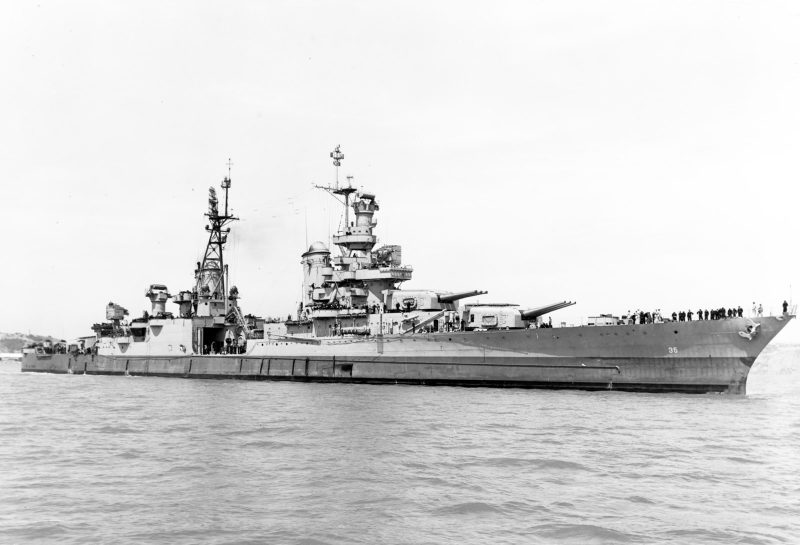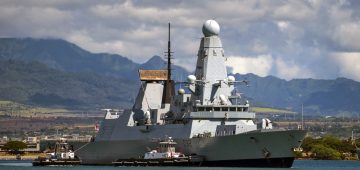It was the moment when it became clear the toppling of the Gaddafi regime in Libya had spawned a chaos that would breed extreme militias dedicated to the destruction of manifestations of Western presence in the Middle East. On September 11, 2012 up to 150 heavily armed gunmen attacked a diplomatic compound in Benghazi, leading to the deaths of the US Ambassador to Libya Christopher Stevens and a US Foreign Service officer named Sean Smith.
The militiamen then assaulted the CIA’s so-called covert station, around a mile away, being held off by a 10-strong security detachment of CIA contractors, which included former naval Special Forces and US Marines. Ex-US Navy SEAL team members Tyrone Woods and Glen Doherty were killed, both of them veterans of several dangerous tours of Iraq and Afghanistan before going into the private sector.
In ‘13 Hours: The Secret Soldiers of Benghazi’ (Paramount Pictures, £13.00 Blu Ray, Cert 15) most of the macho bombast typical of director Michael Bay’s movies is set to one side. We get an action-packed, but comparatively muted depiction of a desperate fight in which a few good men were not given enough back up. It is based on a true story and filming benefitted from the close advice of some of the surviving participants who previously helped Mitchell Zuckoff write his book ’13 Hours’ (Twelve, 2014).
Bay’s telling has still been criticised for inaccuracies, including not being fair to the CIA station chief. However, beyond all that, it is a solid war movie, with some decent acting from James Badge Dale and John Krasniki (as two of the former SEALS). Lacking air support or any hope of ground reinforcement, the CIA contractors have to fight it out with what they’ve got. It makes their situation similar to scenarios frequently faced by the British military in places such as Rorke’s Drift or, more recently, Helmand.
Scottish action movie star Gerard Butler has been to sea aboard the Los Angeles Class nuclear-powered attack submarine USS Houston. During his four-day trip he received a close-up look at how a big beast like a SSN operates.
In the forthcoming ‘Hunter Killer’ Butler plays the captain of a USN boat tasked with trying to snatch a kidnapped Russian president from the clutches of a renegade general. It is all based on the novel ‘Firing Point’ (Signet Books, 2012) by ex-submariner George Wallace and naval historian Don Keith.
It has experienced a tortuous voyage to the screen. Over the past few years various directors were appointed to the project and then exited, with production even being suspended at one stage. Production of ‘Hunter Killer’, which also stars Gary Oldman, another Briton, finally got underway this month (July). ‘Hunter Killer’ is, by the way, not to be confused with the true-life submarine thriller ‘Hunter Killers’ (Orion Books) by the Editor of this magazine.
As if the movie ‘Hunter Killer’ was not enough, there is to be a silver screen portrayal of the loss of the Russian Navy submarine Kursk, based on the book ‘A Time to Die’ (Bantam, 2003) by Washington D.C. based UK television journalist Robert Moore.
‘Kursk’ will reportedly star Colin Firth – he of the Bridget Jones movies and ‘The King’s Speech’ – and Mathias Shoenarts, who starred in the recent remake of ‘Far From the Madding Crowd.’ The Oscar II Class submarine Kursk was lost in August 2000, due to a suspected explosion in her weapons compartments during an exercise. The aftermath of the disaster became especially controversial with foot-dragging and incompetence on the Russian side. Russian officials took too long to ask for Western help in rescuing submariners trapped in the wreck of the Kursk on the bottom of the Barents. All hope of saving them evaporated.

Meanwhile, filming is well underway in England and France on the WW2 epic ‘Dunkirk’, directed by Christopher Nolan, the Brit who was at the helm for the successful Batman trilogy (starring Christian Bale) and the space spectacular ‘Interstellar’. There are fervent hopes in the naval community that Nolan – well-known for attention to detail – will not perpetuate the myth that it was the ‘Little Ships’ that brought more than 300,000 British and French troops off the beaches of northern France. In reality British destroyers, along with other major naval and auxiliary vessels, conducted the majority of the lifting. These paid a very heavy price in lives and ships lost to Stukas, E-boats and submarine attacks.
According to one source, the prospects of an accurate telling are reasonable, as Nolan has borrowed a retired French Navy destroyer to help depict Royal Navy ships in action (possibly in addition to clever use of CGI to make the vessel correct). Fingers tightly crossed.
The Little Ships did their bit, but in recent years the romance of that motley fleet of volunteer civilian craft going to the rescue has tended to obscure the sheer scale of effort and leading role played by the Royal Navy. One RN destroyer went in so close to fetch troops it even engaged in a gunnery duel with German tanks. ‘Dunkirk’ (due for release in cinemas in summer 2017) stars Kenneth Branagh (‘Valkyrie’), Tom Hardy (‘Mad Max’) and Mark Rylance (‘Bridge of Spies’) and should be quite something. It is reportedly being shot in wide screen 70mm film format, rather than digital.
Another famous WW2 naval episode to receive the Hollywood treatment is the loss of the USS Indianapolis in 1945. The cruiser carried one of the atomic bombs that would be used against Japan to an island airbase in the Pacific. She was on her return voyage to the west coast of the USA when attacked by a Japanese submarine in the Philippine Sea. Due to a cock-up in communication no due date of arrival was transmitted to her destination, so when she failed to appear it was not noticed.
The cruiser’s survivors spent five days in the sea before being rescued, all the while at the mercy of exposure, thirst and sharks (a terrible ordeal previously referenced in Spielberg’s 1970s thriller ‘Jaws’). ‘USS Indianapolis: Men of Courage’ stars Nicholas Cage as the captain of the warship who survived but unjustly shouldered much of the blame. It is based on the book ‘In Harm’s Way’ by Doug Stanton (Bantam, 2002).
In the absence of an appropriate cruiser, some of the filming for the movie took place aboard the preserved battleship USS Alabama. The movie is due for release on 11 November in the USA.

Trailers:
https://www.youtube.com/watch?v=4CJBuUwd0Os







Comments
Sorry, comments are closed for this item